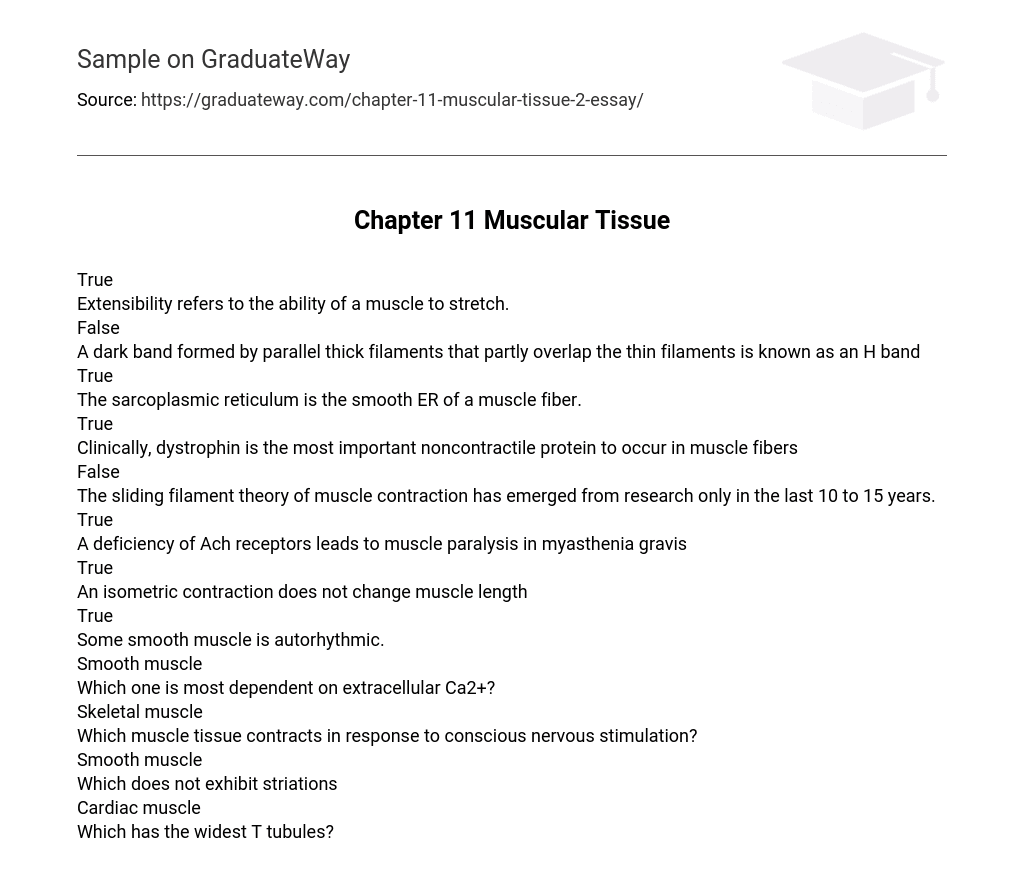The main morphological features of muscle tissue elements are: an elongated shape, the presence of longitudinally arranged myofibrils and myofilaments – special organelles that provide contractility, the location of mitochondria next to the contractile elements, the presence of inclusions of glycogen, lipids and myoglobin.
Special contractile organelles – myofilaments, or myofibrils – provide contraction, which occurs when the two main fibrillar proteins interact in them – actin and myosin, with the obligatory participation of calcium ions. Mitochondria provide energy for these processes. The supply of energy sources is formed by glycogen and lipids. Myoglobin is a protein that binds oxygen and creates its reserve at the time of muscle contraction, when blood vessels are compressed (oxygen supply drops sharply).
smooth muscle tissue
Consists of mononuclear cells – spindle-shaped myocytes 15-500 microns long. Their cytoplasm in a light microscope looks uniform, without transverse striation. This muscle tissue has special properties: it slowly contracts and relaxes, has automaticity, is involuntary (that is, its activity is not controlled by the will of a person). It is part of the walls of internal organs: blood and lymphatic vessels, urinary tract, digestive tract (contraction of the walls of the stomach and intestines). With the help of smooth muscles, the size of the pupil and the curvature of the lens of the eye change.
striated skeletal muscle tissue
Consists of myocytes, having a large length (up to several cm) and a diameter of 50-100 microns; these cells are multinucleated, containing up to 100 or more nuclei; Under a light microscope, the cytoplasm looks like alternating dark and light stripes. The properties of this muscle tissue are a high speed of contraction, relaxation and arbitrariness (that is, its activity is controlled by the will of a person). This muscle tissue is part of the skeletal muscles, as well as the walls of the pharynx, the upper part of the esophagus, it forms the tongue, oculomotor muscles . The fibers are 10 to 12 cm long.
striated cardiac muscle tissue
It consists of single- or double-nuclear cardiomyocytes with transverse striation of the cytoplasm (along the periphery of the cytolemma). Cardiomyocytes are branched and form connections between themselves – intercalated disks, in which their cytoplasm is combined. There is also another intercellular contact – anastomoses (the invagination of the cytolemma of one cell into the cytolemma of another). This type of muscle tissue is the main histological element of the myocardium of the heart.
It develops from the myoepicardial plate (visceral sheet of the splanchnotome of the neck of the embryo). A special property of this tissue is automatism – the ability to rhythmically contract and relax under the influence of excitation that occurs in the cells themselves (typical cardiomyocytes). This tissue is involuntary (atypical cardiomyocytes). There is a third type of cardiomyocytes – secretory cardiomyocytes (they do not have fibrils). They synthesize atrial natriuretic peptide (atriopeptin), a hormone that causes a decrease in circulating blood volume and systemic arterial pressure.





